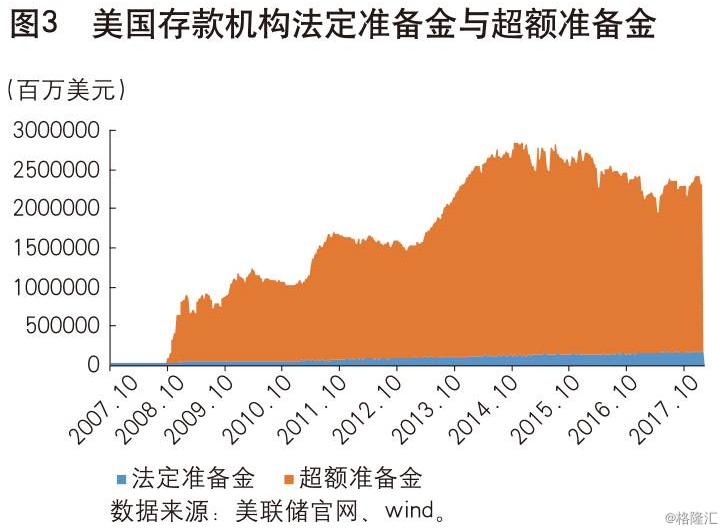Unlocking Financial Relief: A Comprehensive Guide to PPP Loans for Small Business Success
#### PPP Loans for Small BusinessIn the wake of the COVID-19 pandemic, small businesses have faced unprecedented challenges, leading to a surge in demand fo……
#### PPP Loans for Small Business
In the wake of the COVID-19 pandemic, small businesses have faced unprecedented challenges, leading to a surge in demand for financial assistance. One of the most significant relief measures introduced by the U.S. government is the Paycheck Protection Program (PPP). Designed to provide forgivable loans to small businesses, the PPP aims to help them retain employees and cover essential expenses during these tough times. In this article, we will delve into the intricacies of PPP loans for small businesses, exploring their purpose, eligibility criteria, application process, and the impact they can have on economic recovery.
#### Understanding PPP Loans
PPP loans for small businesses were established under the Coronavirus Aid, Relief, and Economic Security (CARES) Act, which was signed into law in March 2020. The primary goal of these loans is to keep small businesses afloat and preserve jobs during periods of economic uncertainty. By offering low-interest loans that can be forgiven if certain conditions are met, the PPP has become a lifeline for many entrepreneurs struggling to navigate the financial fallout of the pandemic.
#### Eligibility for PPP Loans

To qualify for PPP loans for small businesses, applicants must meet specific criteria. Generally, eligible entities include small businesses with 500 or fewer employees, sole proprietorships, independent contractors, and self-employed individuals. Additionally, businesses must have been operational before February 15, 2020, and must demonstrate a significant decline in revenue due to the pandemic. Understanding these eligibility requirements is crucial for small business owners seeking financial assistance.
#### The Application Process
Applying for PPP loans for small businesses involves several steps. First, applicants need to gather necessary documentation, such as payroll records, tax forms, and financial statements. Once the required documents are in order, businesses can apply through an approved lender, which may include banks, credit unions, and other financial institutions. The application process is relatively straightforward, but it is essential to ensure that all information is accurate to avoid delays or potential disqualification.
#### Loan Forgiveness
One of the most appealing aspects of PPP loans for small businesses is the potential for loan forgiveness. To qualify for forgiveness, businesses must use at least 60% of the loan amount for payroll costs, with the remaining 40% allocated to eligible non-payroll expenses such as rent, utilities, and mortgage interest. It is vital for borrowers to keep meticulous records of their expenditures and to apply for forgiveness within the specified timeframe to maximize their benefits.

#### The Impact on Small Businesses
The introduction of PPP loans for small businesses has had a profound impact on the economy. By providing much-needed financial support, these loans have enabled countless small businesses to retain employees, pay bills, and continue operations during challenging times. The influx of capital has also contributed to economic stability, helping communities recover and rebuild in the aftermath of the pandemic.
#### Conclusion
In conclusion, PPP loans for small businesses represent a crucial resource for entrepreneurs navigating the challenges posed by the COVID-19 pandemic. By understanding the eligibility criteria, application process, and forgiveness options, small business owners can leverage these loans to secure their financial future. As the economy continues to recover, the role of PPP loans in supporting small businesses will remain significant, highlighting the importance of accessible financial resources in fostering resilience and growth.